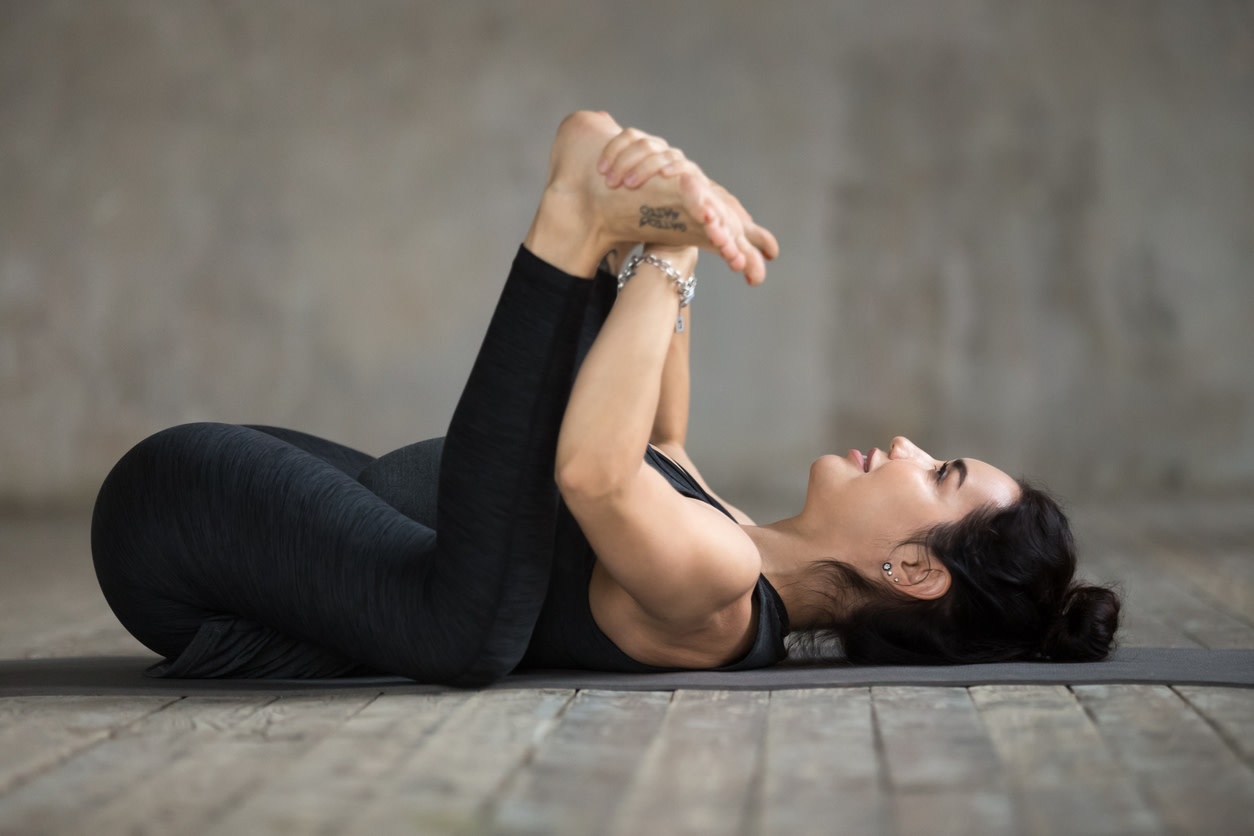The 6 Best Pelvic Floor Stretches to Help Relax Tight Pelvic Floor Muscles
Pelvic floor stretches can help reduce pain and symptoms due to tight pelvic floor muscles. Find relief with these PT-recommended pelvic floor stretches.
0 $ pour vous
Dernière mise à jour : Sep 1, 2025
Table des matières
Fully Covered Pelvic Care
Find relief from pelvic pain, leakage, muscle weakness, & more.
Check if I'm eligible